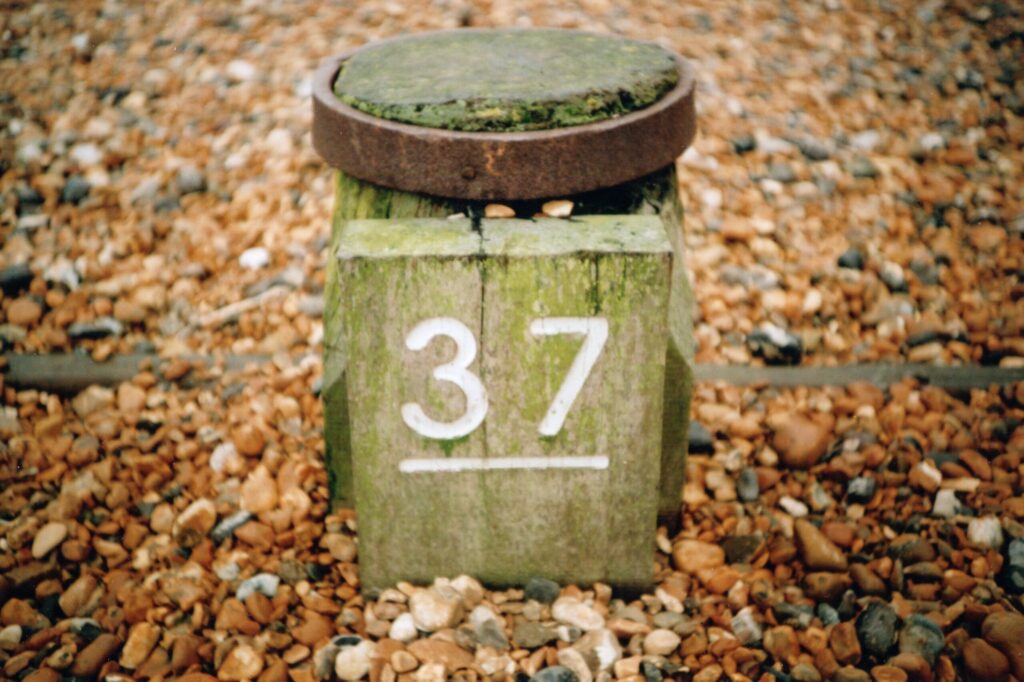
Mathematicians suggest you use the 37% rule for the biggest decisions you make in your life.
What is the 37% rule?
Simply put, when faced with 100 different options, you should select and discard the first 37 then continue your selections stopping at the first option that is better than what you have selected so far.
You would then look at number 38 (the first option) and decide is this is your best option. If not, move onto number 39 (next best option) and continue the process.
You can adjust the math for the number of options you have to select from.
For example, if you have 20 different options, you should select and discard the first 8 (0.37 x 20 = 7.4 = 8). If you have 5 different options you should select and discard the first 2 (0.37 x 5 = 1.85 = 2).
Mathematicians call this the “optimal stopping problem” and is also known as the secretary problem, the marriage problem and the best choice problem.
If you want the mathematical details, the optimal probability of picking the best option is always at least 1/e, where e is the base of the natural logarithm and has the value 2.71828). The optimal stopping rule prescribes always rejecting the first n/e options and then stopping at the first option that is better than every option selected so far. Click on the link above if you want to see the actual math equations.
The 37% rule is commonly used for selecting candidates for dating and for jobs.
The 37% rule is also commonly used in psychology.
According to Johnny Thomson in an article on Big Think, “In psychology , there is what’s known as a “explore/exploit” tradeoff. This asks whether you should go with a guaranteed “win” (the exploit) or risk going somewhere else for an unknown outcome (the explore). The degree to which someone will explore or exploit will depend on a host of factors, and it ties in with how curious or risk-seeking we are.”
Brian Christian in his book, Algorithms to Live By: The Computer Science of Human Decisions, shows how algorithms developed for computers, like the 37% rule, can be used to make human decisions.
I suggest you used the 37% Rule along with the Rule of 3 to make all important decisions in your life.
“Use the 37% Rule with the Rule of 3 to make all decisions.”
Stephen Lesavich, PhD
So how do you apply the 37% Rule and the Rule of 3 to make decisions in your own life?
PODCAST: The 37% rule
- Determine whether you are an exploiter or an explorer. Under the 37% rule, if you don’t like change and do not like risks, you are likely an exploiter. If you take risks and are always looking for something new and different to do, you are likely an explorer. You can be an exploiter in certain situations and an explorer in other situations. It is best develop a good balance between the two in your life. Knowing your 37% rule type helps you understand who you are and how you personally can decide between the choices or options that are presented to you.
- Use the “Rule of 3” with the 37% Rule to determine your best choice. Under the 37% rule, when you are presented with a number of choices or options, create 3 questions to ask yourself and answer about choices or options you have, after you discard the first 37%. Create 3 questions because the “Rule of 3” states “three is the smallest number of elements required to create a pattern and this combination of a pattern and the brevity of three results in memorable and important content.” When your arrive at the first option or choice that is better than every option or choice selected so far with the 37% rule, ask yourself and answer your 3 questions. If this first option is not the option or choice you desire, move onto the next choice or option and repeat asking and answering your 3 questions until you find the option or choice you do desire.
- Be realistic about making a choice with the 37% Rule. Under the 37% rule, when making life decisions, it is a proven “mathematically safe” starting point for selecting between a number choices or options. However, math probabilities and computer science algorithms are not exact when applied to human behavior. Thus, the 37% cannot be used in an absolute way because human behavior is so complex and governed by so many different factors, including your emotional state. In addition, if there is one or more other people included in your options or choices, the 37% rule may lose its effectiveness as these people may not react or make decisions in a way you would expect or could anticipate. Thus, the trick to great decision making using the 37% rule is balancing between exploiting and exploring and then being decisive to make an informed decision about your best option or choice.
Applying the 37% rule will help you create a positive impact in your own life and create a new life you truly desire.
Out There on the Edge of Everything® …
Stephen Lesavich, PhD
Copyright © 2022, by Stephen Lesavich, PhD. All rights reserved.
Certified solution-focused life coach and experienced business coach.

Award-winning and best-selling Author, Entrepreneur, Visionary, CEO of 2 different companies, Attorney, Tech Expert, Certified Solution-Focused Life Coach, Experienced Business Coach.

